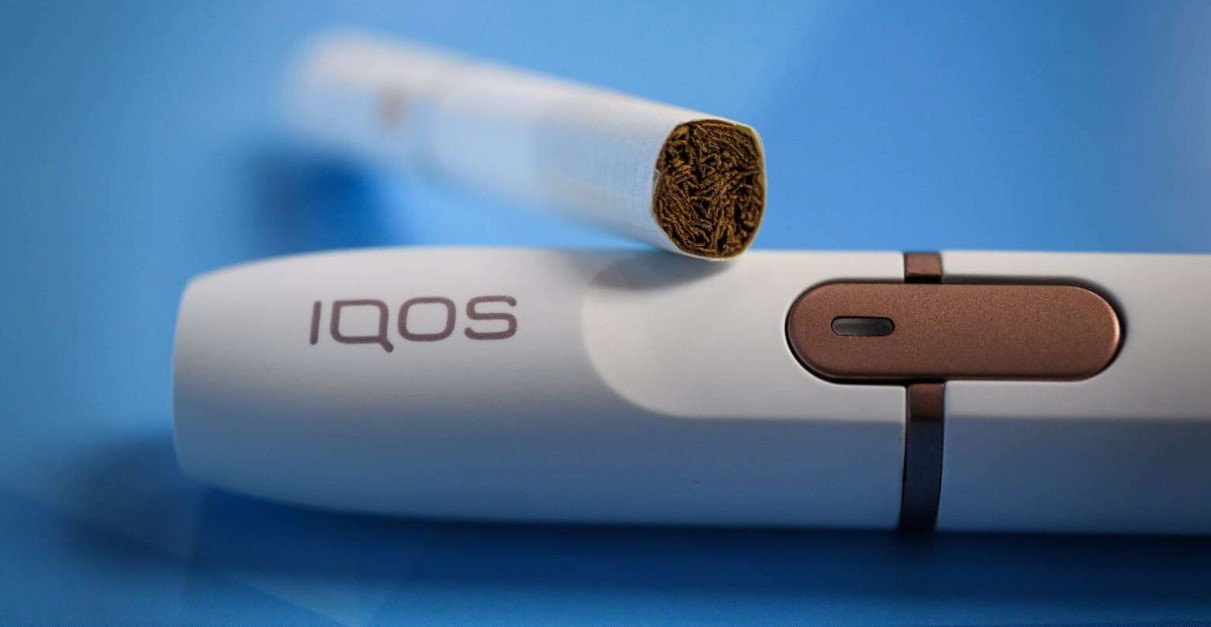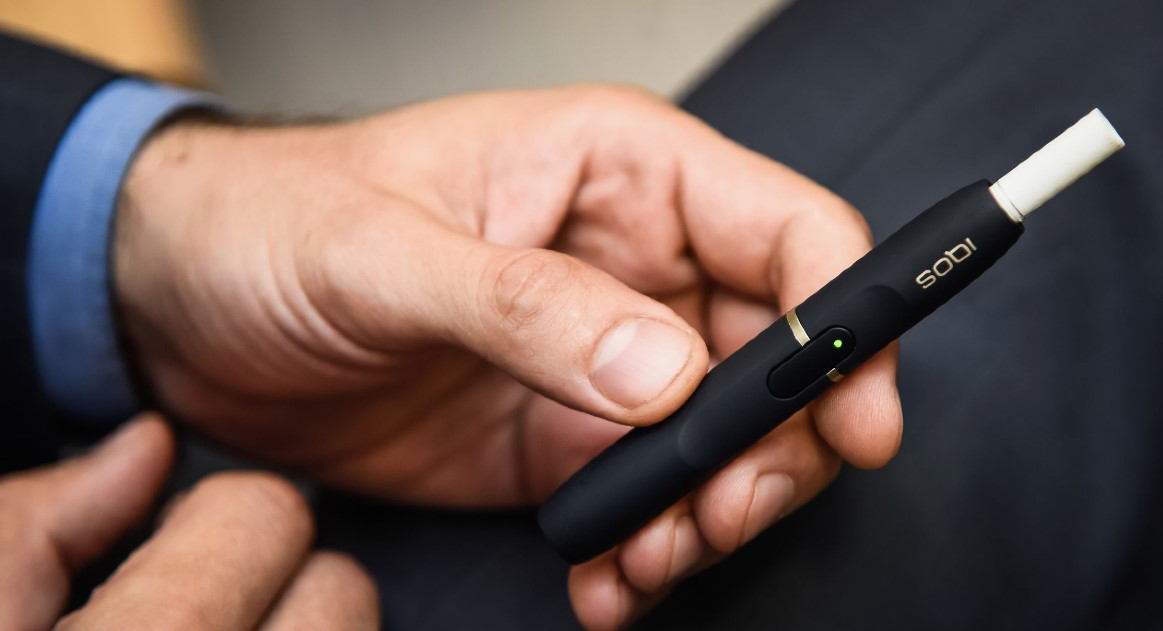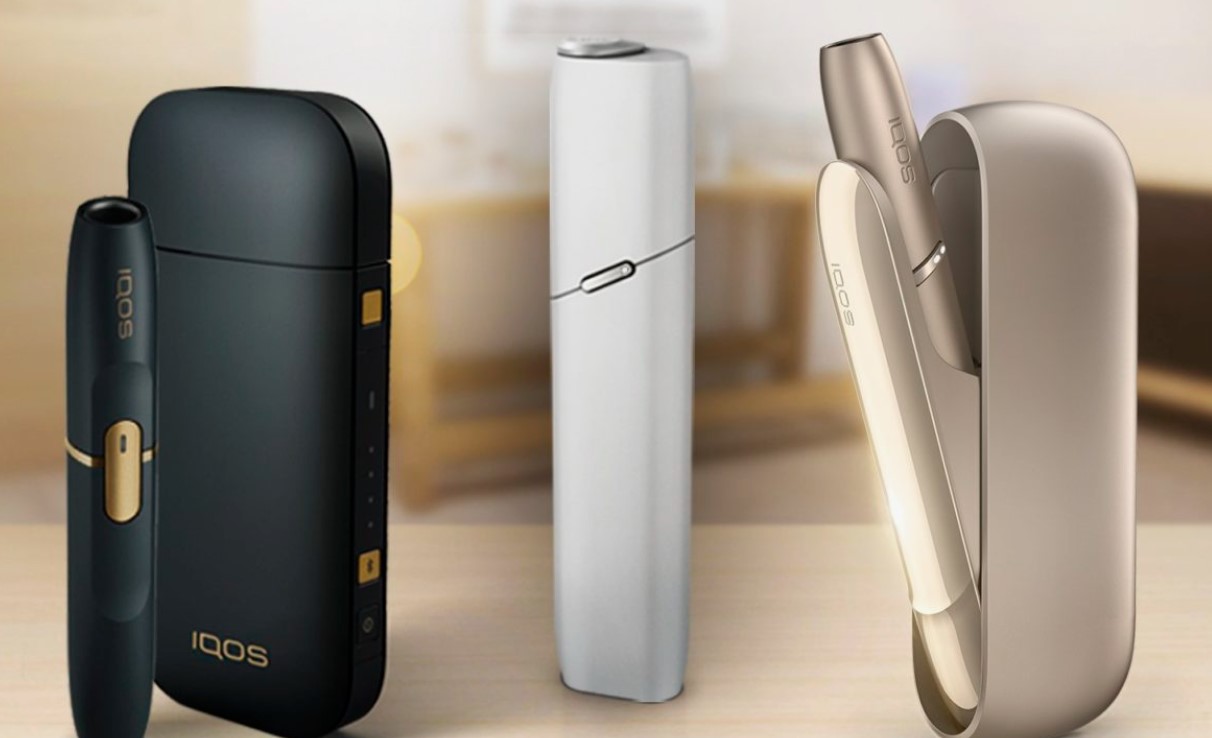Tobacco products are derived from tobacco plants, with their consumer properties significantly influenced by the botanical variety, growing conditions, and other critical factors. Virginia tobacco stands out as a predominant choice, accounting for about 70% of world production. This article explores Virginia tobacco’s rich history, distinctive characteristics, cultivation practices, and diverse uses, highlighting the unique qualities that make it a key product in the iTerea portfolio.
Table of Contents
History of Virginia Tobacco
Virginia tobacco, also known as Brightleaf tobacco, has a rich history that dates back to the late 16th century. Virginia tobacco originates from the English colony of Virginia, where this variety was first cultivated. Walter Raleigh, a favorite of Queen Elizabeth I, established the first experimental tobacco plantation in Europe. Raleigh’s pioneering efforts led to several plantations across various countries, including America. One of these plantations was named “Virginia,” and the tobacco grown there was subsequently named after it.
In 1611, an English businessman, John Rolfe, created his tobacco plantation. Rolfe’s entrepreneurial spirit and agricultural expertise allowed him to refine the cultivation process, producing high-quality tobacco. He began exporting tobacco to England, significantly contributing to the spread and popularity of smoking in Europe. Rolfe’s success laid the foundation for Virginia Tobacco’s dominance in the global market.

Global Cultivation of Virginia Tobacco
Virginia tobacco is grown in various regions worldwide, each contributing to its unique qualities. The primary areas include:
- USA: The United States, particularly the state of Virginia, remains a significant producer of Virginia tobacco. The region’s climate and soil conditions are ideal for growing high-quality tobacco with a distinct flavor and aroma. Virginia’s sandy soil and humid subtropical climate provide the perfect environment for cultivating Brightleaf tobacco, resulting in leaves with a smooth, sweet taste.
- Brazil: Brazil is another major producer of Virginia tobacco. The country’s diverse climate allows for cultivating light and dark varieties, contributing to a rich and varied flavor profile. Brazilian Virginia tobacco is known for its robust and earthy tones, making it a favorite for blending with other tobaccos to create balanced flavors.
- Canada: In Canada, Virginia tobacco is primarily grown in Ontario. The region’s cool climate and fertile soil produce high-quality tobacco with a unique taste and aroma. Canadian Virginia tobacco is often milder than its American counterpart, offering a smoother smoking experience that appeals to a wide range of consumers.
- China: China is one of the largest producers of Virginia tobacco. The country’s extensive agricultural infrastructure and favorable growing conditions enable large-scale production, making it a key player in the global tobacco market. Chinese Virginia tobacco is known for its consistent quality and mild flavor, making it a popular choice for domestic and international markets.
- Indonesia: Indonesia also contributes to the global production of Virginia tobacco. The country’s tropical climate and volcanic soil create ideal conditions for growing flavorful and aromatic tobacco leaves. Indonesian Virginia tobacco is often characterized by its rich, spicy notes, adding a unique dimension to various tobacco blends.
Characteristics of Virginia Tobacco
Virginia tobacco is distinguished by several key characteristics that make it a preferred choice for various tobacco products. These include:
- Color: Virginia tobacco is predominantly light yellow, often called Golden Virginia or Light, Golden Virginia. There is also a darker variety known as Dark Virginia. The color indicates the curing process and the conditions under which the tobacco was grown. Light Virginia tobacco is typically cured using a flue-curing process that enhances its natural sweetness and golden hue.
- Aroma: Virginia tobacco’s aroma is one of its most appealing qualities. It has a sweet, mellow scent that is both rich and inviting. This characteristic aroma is due to the natural sugars in the tobacco leaf, which are preserved during curing. Virginia tobacco’s sweet, honey-like aroma makes it a favorite among pipe and cigarette smokers.
- Taste: Virginia tobacco is known for its natural sweetness, which reduces the need for additional additives. The taste is smooth, with a hint of honey and a mild, pleasant aftertaste. This makes it a popular choice for smokers who prefer a less harsh experience. The natural sugars in Virginia tobacco provide a satisfying sweetness that enhances the overall smoking experience.
- Burning Properties: Virginia tobacco has excellent burning properties. It burns evenly and slowly, which enhances its economic use. The consistent burn also contributes to a more enjoyable smoking experience, as it minimizes the need for relighting. This efficiency makes Virginia tobacco an economical choice for manufacturers and consumers alike.

Uses of Virginia Tobacco
Virginia tobacco is incredibly versatile and is used in the production of a wide range of tobacco products. These include:
- Pipe Tobacco: Virginia tobacco’s natural sweetness and smooth taste make it a popular choice for pipe smokers. It provides a mellow, flavorful, and satisfying smoking experience. The slow, even burn of Virginia tobacco enhances the enjoyment of pipe smoking, allowing smokers to savor the rich flavors and aromas.
- Cigarettes: Virginia tobacco is a key component in many cigarette blends. Its mild flavor and excellent burning properties make it ideal for a smooth, enjoyable smoke. The natural sweetness of Virginia tobacco reduces the need for chemical additives, resulting in a purer, more satisfying smoking experience.
- Hookah Tobacco: Virginia Tobacco’s rich aroma and natural sweetness make it a favorite for hookah blends. It pairs well with various flavorings, enhancing the overall smoking experience. Virginia tobacco’s versatility allows for creative flavor combinations, making it a popular choice for hookah enthusiasts.
- Chewing Tobacco: Virginia tobacco’s natural sweetness and smooth texture make it a popular choice for chewing tobacco. It provides a satisfying and flavorful experience without the need for excessive additives. Virginia tobacco’s high sugar content enhances chewing tobacco’s flavor, making it a favorite among users.
- Tobacco Sticks and Snus: Virginia tobacco’s consistency and quality make it suitable for use in tobacco sticks and snus. These products benefit from the tobacco’s natural sweetness and even burn, providing a convenient and enjoyable experience. Virginia tobacco’s mild, pleasant flavor makes it an ideal choice for smokeless tobacco products.
Conclusion
Virginia tobacco is a cornerstone of the global tobacco industry, with a rich history and distinctive characteristics set it apart from other varieties. Its natural sweetness, smooth taste, and excellent burning properties make it a preferred choice for a wide range of tobacco products. Cultivating Virginia tobacco across various regions of the world ensures a diverse and rich flavor profile, catering to the preferences of smokers worldwide. Understanding Virginia tobacco’s unique qualities and uses highlights its enduring appeal and importance in the tobacco industry. Whether enjoyed in a pipe, cigarette, or hookah, Virginia tobacco is a favorite among enthusiasts for its superior quality and distinctive characteristics.



